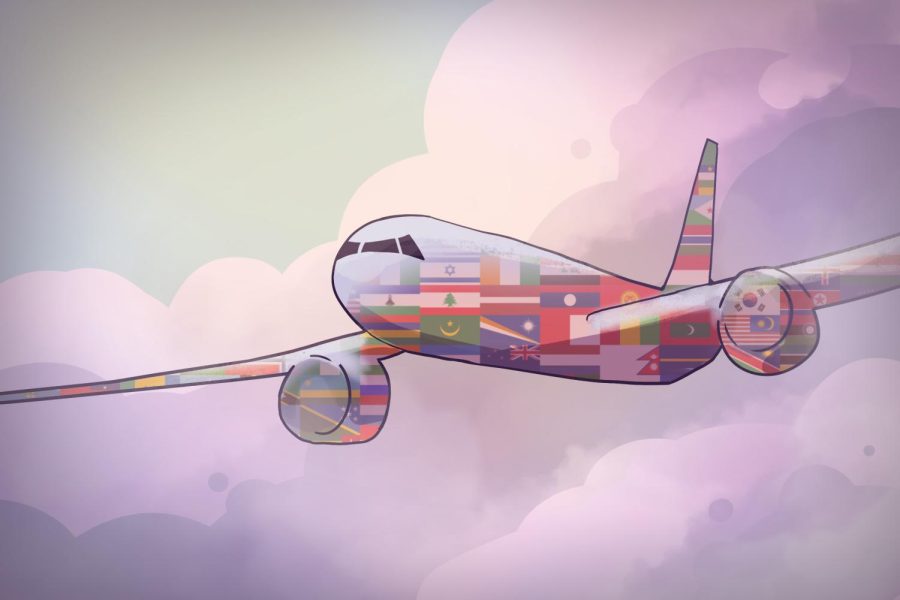India is a land of extremes: immense poverty in the slums of Delhi versus wealth in the malls with brand-name European stores, and modern technology like the metro I take every week versus ancient practices like donkey carts in the streets.

Since my arrival over five months ago, many Indians have asked me if I’ve ever seen an Indian “shadee,” or wedding. Last month, I traveled north with my host family and attended a host cousin’s wedding in Rishikesh, often called the holiest city in India. After three days of nonstop ceremonies, food, music and “chai” tea, I finally understood what was so interesting about an Indian wedding. Throughout the event, I witnessed grand displays of happiness, music, dancing and enjoyment, but at the same time, I saw great sadness and emotion.
Like many Indian couples, this couple had an arranged marriage. During the wedding, the bride followed tradition and remained sad for many of the ceremonies, looking down as she went from one “pooja” (prayer ceremony) to another. At first, this confused me very much since weddings are usually joyous events, but later, someone explained the reason to me.
At weddings, brides are sad because they’re leaving their family. Although nuclear families are becoming more and more common in India now, most Indian kids live at home with their parents during and after university. In some families, sons stay with their parents for their whole life, while daughters move to live with their husband and his family. So, a lot of “aunties” cried at the end of the wedding when the bride left with her new husband to return to his home.
The wedding wasn’t just filled with extreme emotion though. For 48 hours straight, drums and loud music filled the hotel area where the wedding was held, making it difficult to sleep. But during most of the wedding, there was too much to do to sleep.
The wedding began with a “mehndi” (henna) ceremony for the bride and her family, where all of the women did a prayer and put henna on each other and the bride. The next day at 9 p.m., the groom arrived on a horse in a procession that included dancing, an Indian-style marching band and many drummers. This was only the beginning of the celebrations, which continued until the next morning when the bride and groom left.

From 9 p.m. to 11 p.m., everyone waited around and ate snacks until the exchanging of garlands ceremony. The groom sat on a stage, looking horribly exhausted, and the bride was getting ready in her room. At midnight, people ate dinner, and some, like me, took a nap. At 3 a.m., those people crazy enough to get up watched the most important part of the ceremony, when the bride and groom walked around a fire seven times to exchange vows. And at 7 a.m., while I was eating breakfast, the bride and groom participated in a ceremony with a calf’s tail, which is holy in the Hindu religion.
I have been involved in numerous discussions about arranged marriages versus typical “love marriages” during my time in India. From what I understand, Indians are still rooted in their traditional views of how marriages can happen, but in some cases, especially in cities, “love” marriages are possible. This divide between what young Indians want and what their parents want is very emotional and common in many Indian households.
At first, I felt that couples with arranged marriages have weaker relationships than those who choose each other. But later, I realized that all of the arranged couples I have been around (like my host parents) have relationships just as strong as those of typical American couples. In addition, many people have told me couples with arranged marriages are less likely to get a divorce because of the bond between their two families, hence the very low rate of divorces in India compared to in the U.S.
Experiencing this Indian wedding helped me shape my perception of India. So far, I’ve seen malnutrition and obesity, illiteracy and scholarship and terrorism and high security. Every day I see something that amazes me here and something else that bothers me, and that’s what makes India the land of extremes.








